The sweet spot for many of the best films of the year, arriving before the final month of 2024, November is packed with robust offerings of Cannes, Berlinale, and fall festival highlights, along with must-see documentaries, and even a major studio movie or two.
17. Dream Team (Lev Kalman and Whitney Horn; Nov. 15)
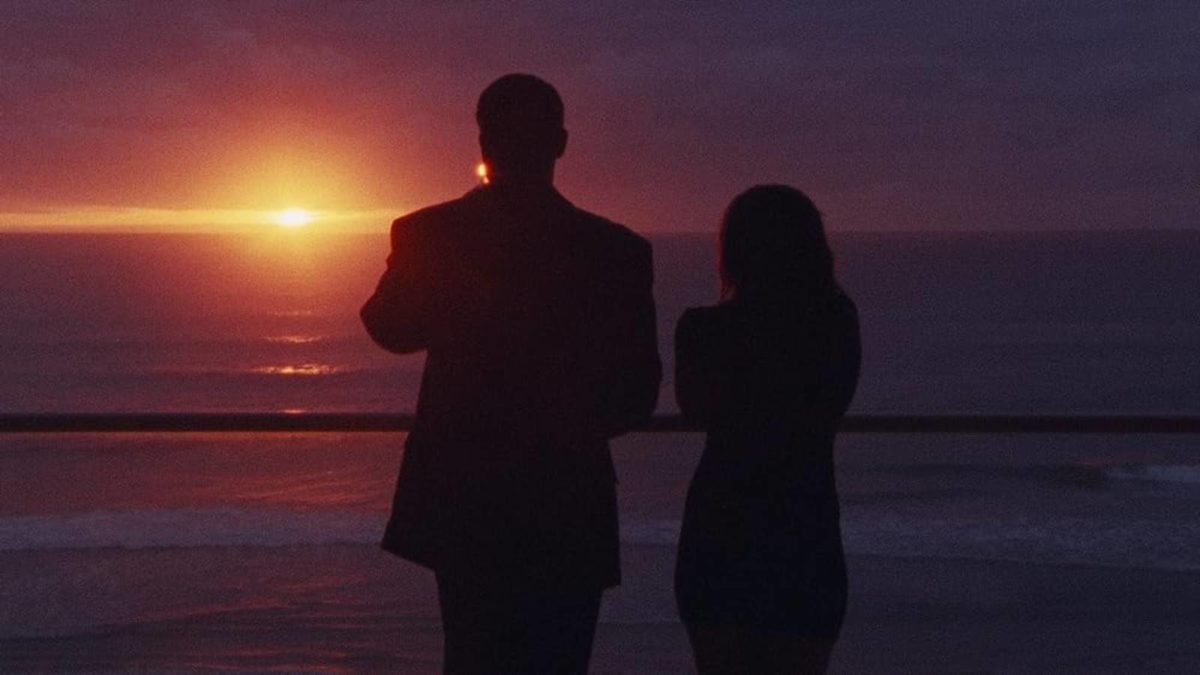
Following their singular take on the Western genre with Two Plains and a Fancy, filmmakers Lev Kalman & Whitney Horn returned to the festival circuit earlier this year with Dream Team, an absurdist homage to ’90s basic-cable TV thrillers. Starring Esther Garrel and Alex Zhang Hungtai, with a producing team that includes I Saw the TV Glow director Jane Schoenbrun, Leonardo Goi said in his Rotterdam review, “Like its predecessors, Dream Team hangs in a hazy, oneiric region; what the film is about is a lot easier to discuss than the entrancing feeling it evokes. As corals the world over start killing humans with poisonous neon-colored gases, INTERPOL agents No St. Aubergine (Esther Garrel) and Chase National (Alex Zhang Hungtai) are dispatched not to figure out so much as to ‘learn about’ the mystery, per their own admission, in a journey that keeps shuttling us from Mexico to British Columbia. Split into seven episodes, each given a beautifully evocative title (e.g. ‘Asses to Ashes’ or ‘Doppelgängbang’) and introduced by slightly different, growingly trippy renditions of the credit sequence, Dream Team apes a serialized TV structure only to frustrate the gratifications one would normally associate with the format. There’s no sense of closure here, much less clarity. As No and Chase travel south of the border, their quest gets more evanescent, and the plot––such as it is––more ethereal: storylines are dropped, new characters bob up everywhere, all while the mystery turns hopelessly intricate.”
16. Here (Robert Zemeckis; Nov. 1)
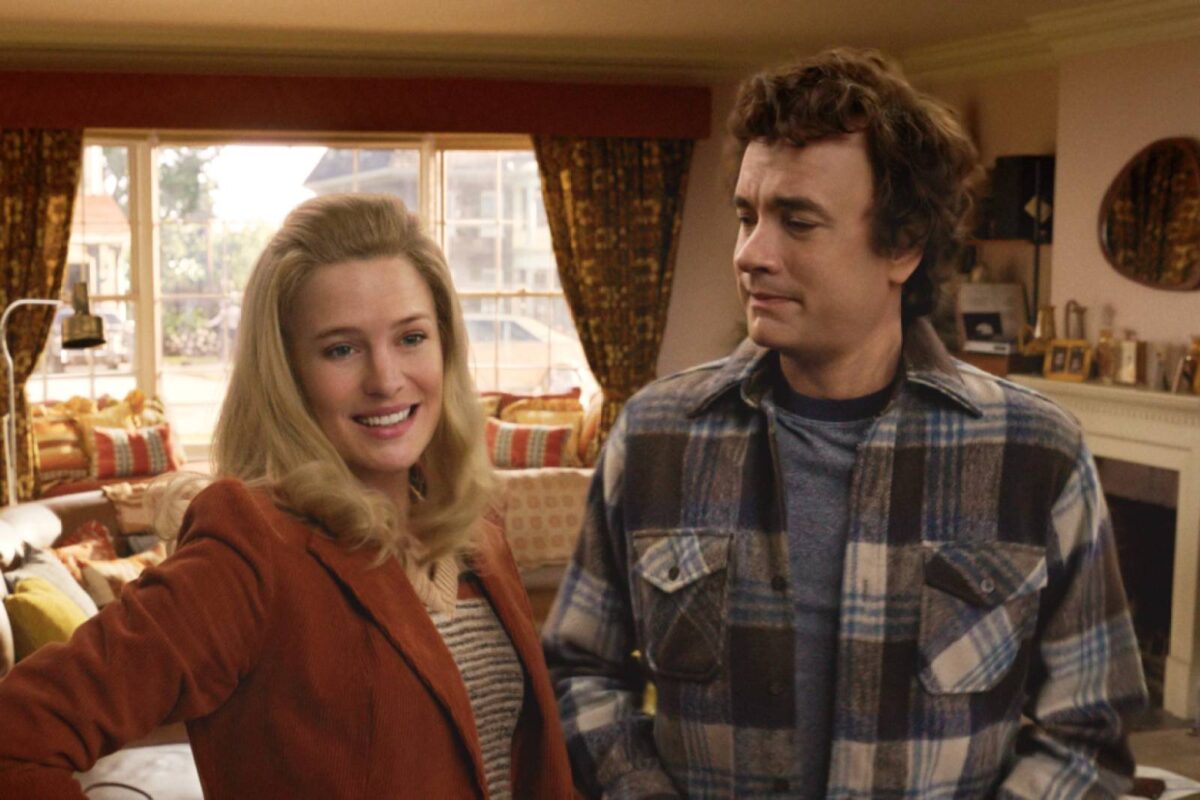
As a diehard defender of most non-Pinocchio movies from Robert Zemeckis in this recent stretch, my curiosity remains for his adaptation of Richard McGuire’s brilliant comic Here. Spanning a single space from 500,957,406,073 BCE to 22,175 CE and shot from a single POV, call it his Tree of Life, Wavelength, or Tsai Ming-liang film, but it’s fascinating to see a director take this approach on a wide studio release. Read more in Caleb Hammond’s review from AFI Fest.
15. Bird (Andrea Arnold; Nov. 8)
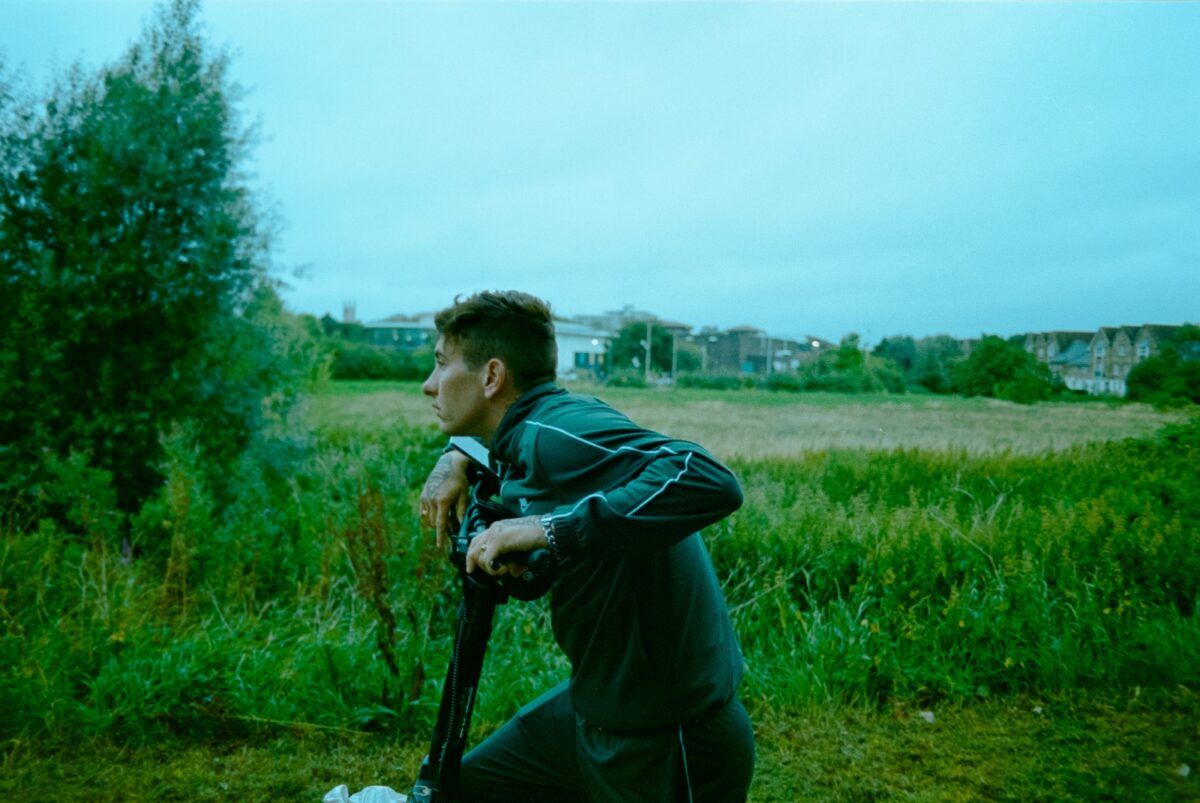
Returning to Cannes Film Festival with her first narrative feature in eight years, Andrea Arnold’s coming-of-age fable Bird brought together Barry Keoghan, Franz Rogowski, and newcomer Nykiya Adams. Rory O’Connor said in his review, “Shot by Robbie Ryan and featuring the first Irish character Keoghan has played in a while––as well as a soundtrack peppered with the Dublin-based music of Fontaines D.C. and Gemma Dunleavy, and with some passing references to what appears to be a local Irish traveler community––there is a vivid Hibernian energy to Bird that, on a personal level, made me doubly disappointed. Arnold has been magnificent with young actors in the past: there was a distinct feeling in American Honey (for my money, one of the best films of the last decade) that the director was conspiring with the film’s rag-tag gang of teenagers––if not their peer, then certainly an honorary ringleader. Nine years on, it’s hard to see a similar connection in Bird: Adams and Buda liven up dialogue with their own slang and colloquialisms, but certain deliveries land conspicuously flat––that touch of Arnold magic only notable for its absence.”
14. Gladiator II (Ridley Scott; Nov. 22)
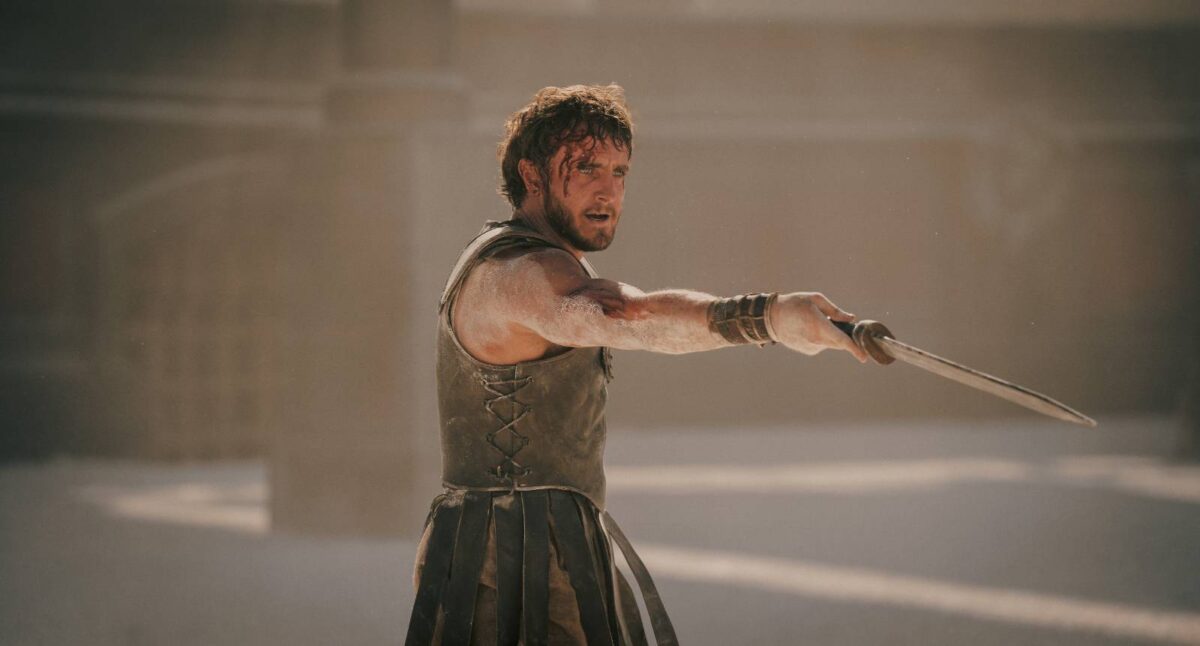
After returning to his Alien and Blade Runner franchise in various capacities, Ridley Scott continues the story of his Best Picture winner Gladiator nearly a quarter-century later. Following up last year’s period epic (Napoleon) with another, Gladiator II brings together the epic cast of Paul Mescal, Pedro Pascal, Denzel Washington, Joseph Quinn, Fred Hechinger, Lior Raz, Derek Jacobi, and Connie Nielsen. Despite his last few efforts feeling a bit lacking, with the fall slate lacking big-budget studio fare that doesn’t look downright dire, here’s hoping the Ridler will save us.
13. Queer (Luca Guadagnino; Nov. 27)
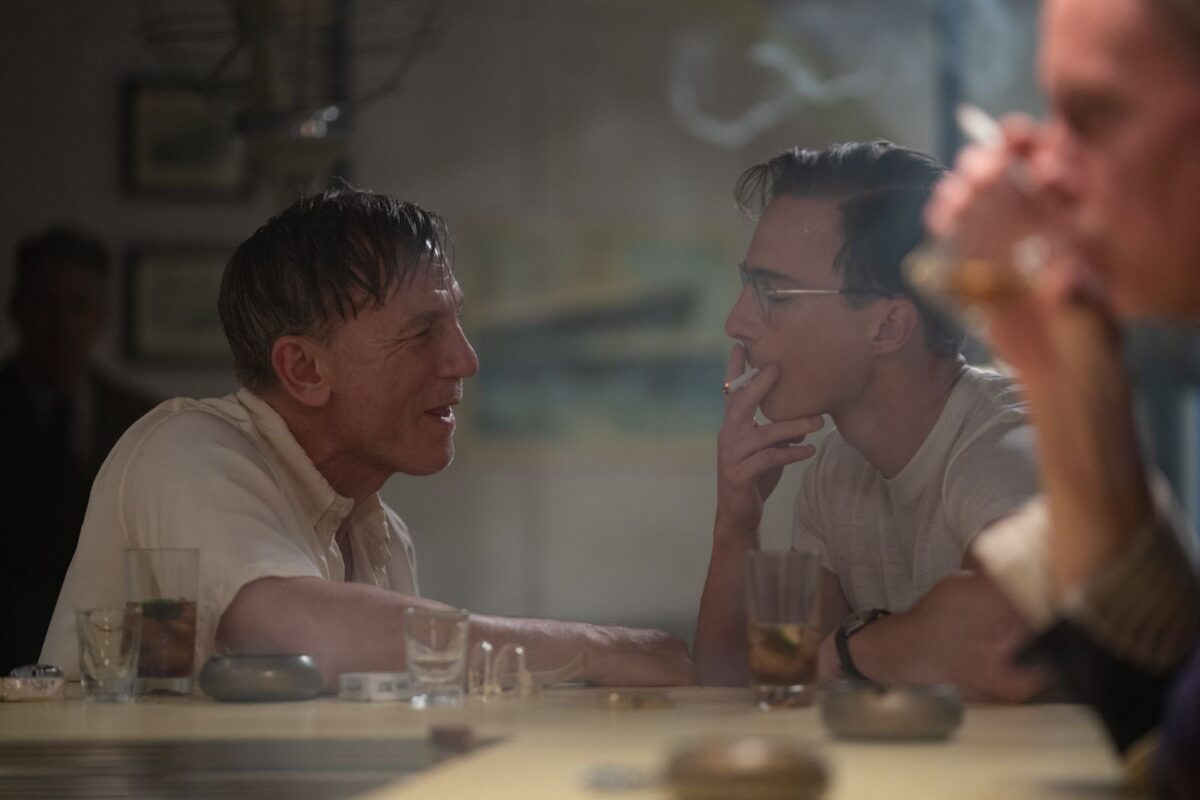
Luca Guadagnino’s prolific year continues with his William S. Burroughs adaptation Queer led by Daniel Craig and Drew Starkey. While the director doesn’t quite nail the Burroughs vibe with his flourishes, most of his ensemble is game and the reason to recommend, notably Jason Schwartzman delivering another transformative performance after Between the Temples. Leonardo Goi said in his review, “Where’s the filth? I wrote down the question on page two of my notes, roughly about when Queer entered its second chapter, sending Lee (Daniel Craig) and his young lover Eugene (Drew Starkey) on a quest for ayahuasca in South America. Having spent the first section tracking Lee as he fritters time away in Mexico City, drinking and flirting and sleeping with fellow drifters in neon-soaked motels, this is when the film should get sweatier, dirtier, trippier––long, long before the couple has its first taste of yagé. It’s a chapter that promises to unleash all the pent-up carnality Queer had accrued in its opening scenes. And sure enough, the two men sweat profusely, the journey gets more and more surreal, but the drug-induced paranoias and voracious sex exude the same quality they did in the first segment: a plastic, stylized artificiality. Guadagnino’s brand of sensualism has always courted a certain stilted-ness; even at their horniest, his films always struck me as oddly chaste, the works of a choreographer as opposed to a filmmaker. So again: where’s the filth?”
12. Porcelain War (Brendan Bellomo & Slava Leontyev; Nov. 22)
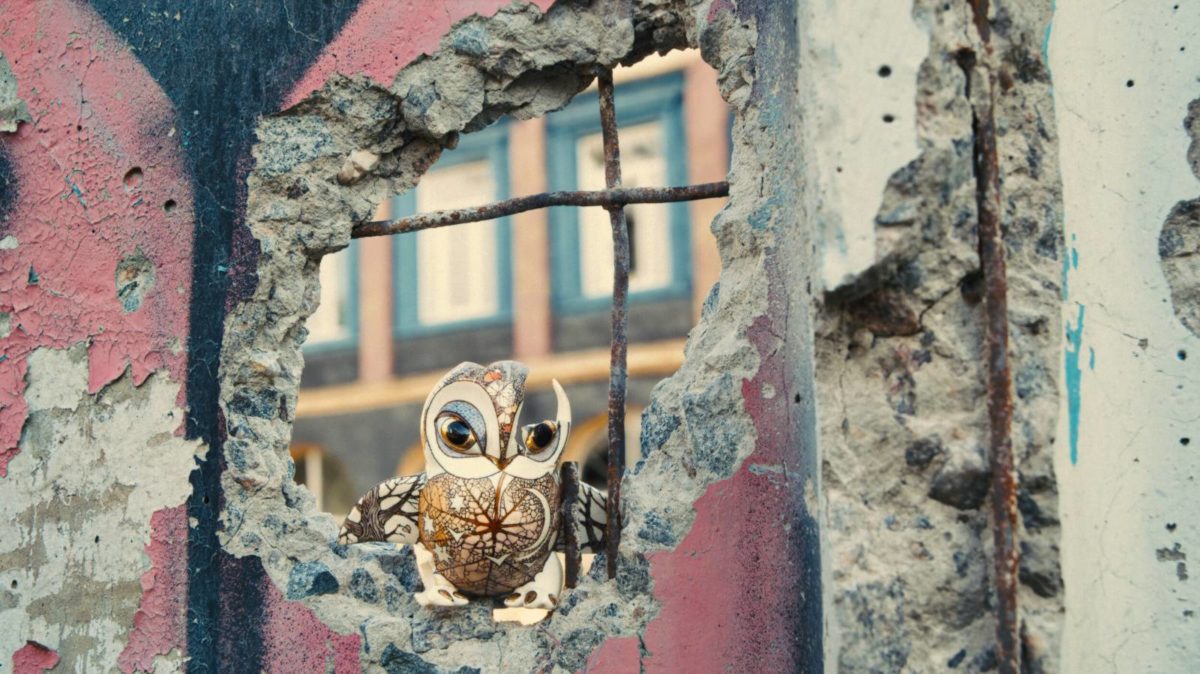
Brendan Bellomo & Slava Leontyev’s Porcelain War, an essential dispatch from the frontlines of the War on Ukraine, premiered at Sundance Film Festival earlier this year where it picked up the Documentary Grand Jury Prize. Dan Mecca said in his review, “Quiet scenes between Slava and Anya are arguably more effective than the sequences of battle and rubble. Anya paints on the porcelain figures Slava makes, and the filmmakers animate these paintings as the duo recall Russia’s 2014 capture of Crimea that changed everything. “It’s hard to forbid people to live,” they say. These recollections do well to contextualize the present moment. Once Crimea fell, most Ukrainians knew it was time to get ready to fight for their homeland. The when wasn’t certain, only the who and what.”
11. Blitz (Steve McQueen; Nov. 1 in theaters and Nov. 22 on Apple TV+)
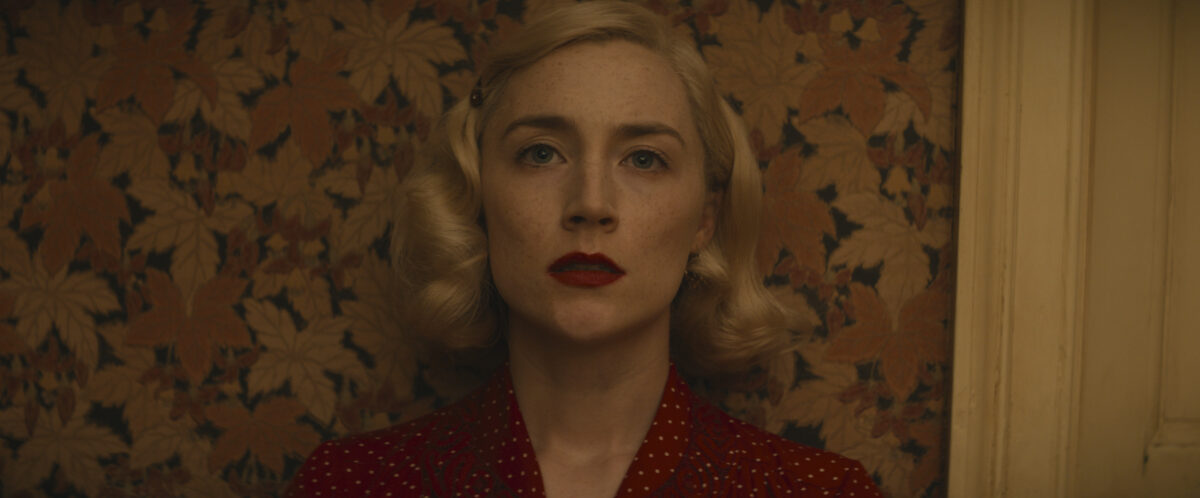
Following up last year’s epic documentary Occupied City, Steve McQueen has returned to the WWII era with a narrative feature. Blitz, starring Saoirse Ronan and Elliott Heffernan in a tale of a mother and son separated during the war. Alistair Ryder said in his review, “Music is at the heart of Blitz, exclusively shown as shorthand for connection in the face of prejudice. This broad, saccharine message signals that this is McQueen’s most unashamedly populist work yet, although that’s hardly to its detriment––this is a director making a hopeful, family-focused feature for the first time, and he’s unashamedly aiming for the lofty highs of Spielberg’s tear-jerking, child-centered dramas, albeit with mixed results. Our young protagonist is George (Elliott Heffernan), a 12-year-old boy at the outset of Nazi Germany’s London-bombing campaign whose mother, Rita (Saoirse Ronan), is holding out on making him evacuate the city. But this is during the earliest stages of the Blitz, before London’s underground tube network was opened at night for people to shelter from the bombs; after one near-escape from certain death, George is reluctantly sent away.”
10. Soundtrack to a Coup d’Etat (Johan Grimonprez; Nov. 1)
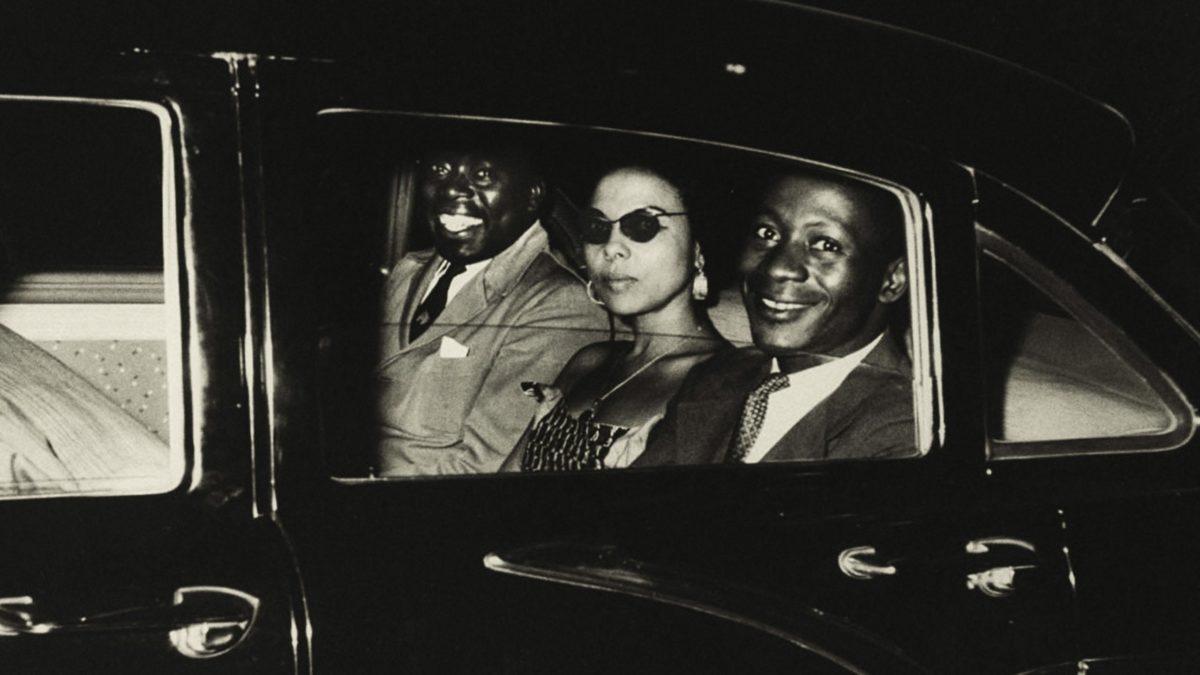
One of the best documentaries to premiere at Sundance Film Festival earlier this year, Soundtrack to a Coup d’Etat a radically and rhythmically edited look at global politics. John Fink said in his review, “It was Mark Twain who said, “History doesn’t repeat itself but it often rhymes,” which is one way of approaching Belgian filmmaker and multimedia artist Johan Grimonprez’s sprawling, jazz-infused Soundtrack to a Coup d’État. The political essay revisits 1960, a turbulent year in global affairs: Patrice Lumumba rises to power in Congo just as the United States, through the CIA-backed Voice of America radio network, aims to soften America’s image aboard, sending jazz musicians Louis Armstrong, Duke Ellington, Nina Simone, Dizzy Gillespie, Abbey Lincoln, and Max Roach to tour the world. The film positions the jazz musicians as a kind of political cabinet while Gillespie envisions his own run for the White House on TV talk shows back home. It proceeds with a rather kinetic, defiant tone in which the jazz, breaking news, citations, and quotes interrupt the historical footage a more standard documentary may have primarily focused on.”
9. Flow (Gints Zilbalodis; Nov. 22)
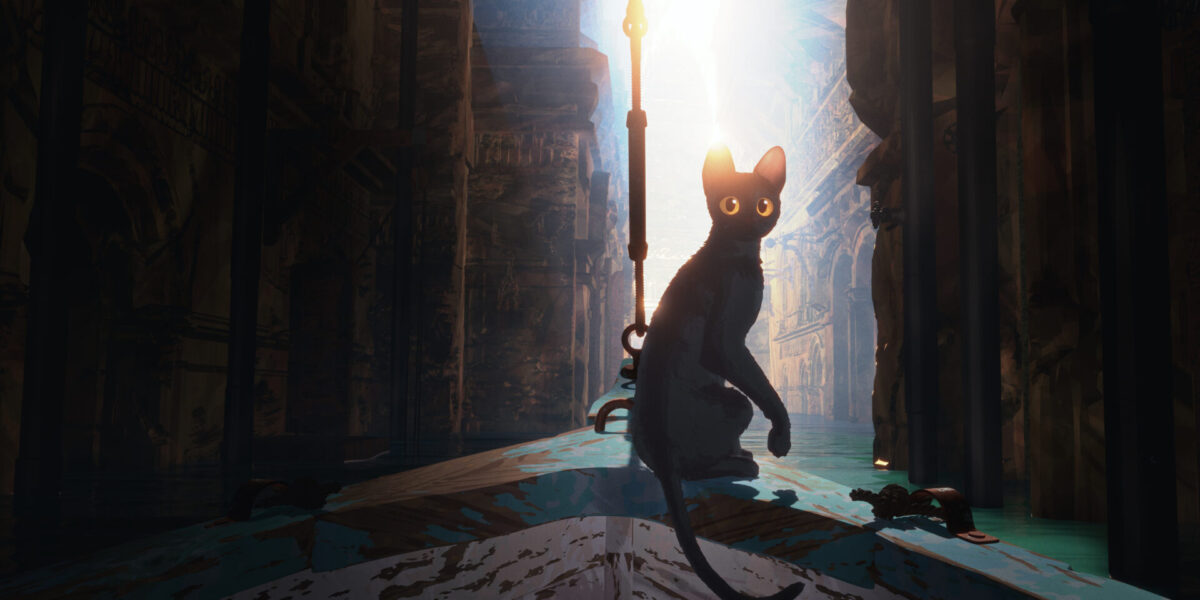
One of the most acclaimed animated films of the year, Gints Zilbalodis’ Flow premiered at this year’s Cannes Film Festival in the Un Certain Regard section and went on to win four prizes at the Annecy Film Festival, including the Audience and Jury Awards, followed by Latvia’s pick for Best International Feature. Ethan Vestby said in his TIFF review, “Any cat owner who saw this year’s A Quiet Place: Day One may recall the stress induced by the image of a cat bobbing underwater and often think of that as our feline hero escapes one sticky situation after another. They’re not alone, though, interacting with an adorable band of animals that include a capybara, golden retriever, lemur, and limp-winged tall bird. The cute buddies all “speak” through meows, barks, squeaks, and grunts, making Flow essentially enough of an “art film” to get festival play, even if it’s pretty simple at heart––while ostensibly a cutesy animated movie for children, I never felt my intelligence insulted. I don’t know if a limited release provided by North American distributors Janus and Sideshow means Flow finds a young audience beyond cultured adults taking their kids, but the film, at heart, recalls some of classic Disney.”
8. Christmas Eve at Miller’s Point (Tyler Taormina; Nov. 8)
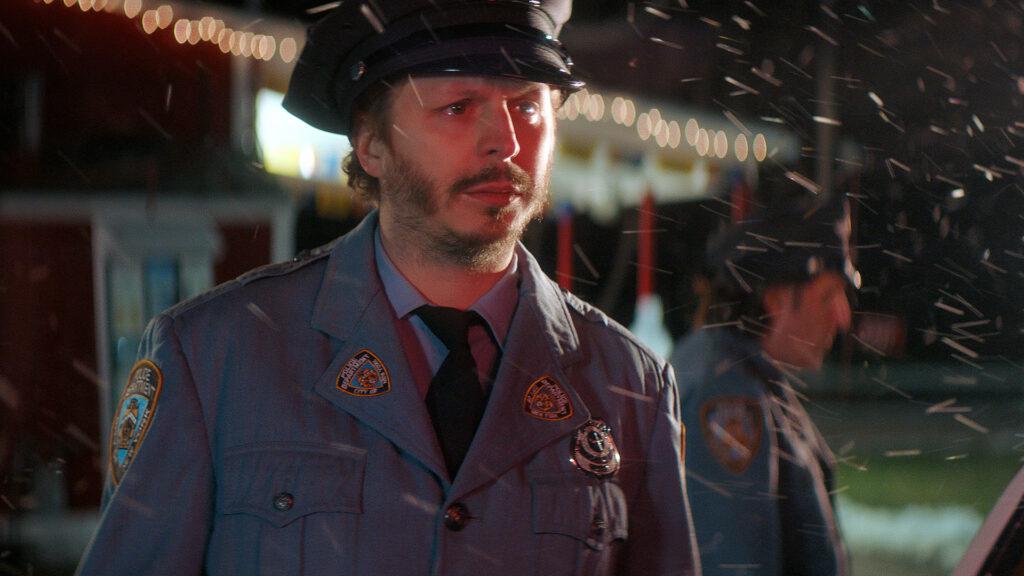
The best holiday movie of the season, Ham on Rye director Tyler Taormina expanded his star power with Christmas Eve in Miller’s Point, which brings together Michael Cera, Elsie Fisher, Maria Dizzia, Sawyer Spielberg, Francesca Scorsese, and many more. Rory O’Connor said in his Cannes review, “The setting and production design are so rich with authenticity and detail that fans of The Bear might be tempted to draw comparisons with a famous episode in season two, but Miller’s Point‘s motley crew can boast their own joyful mess of idiosyncrasies. All of the holiday staples are served up here: the tough guy brothers-in-law, the wily matriarch, the mildly problematic uncle, the stroppy teens itching to escape, and the younger kids who have yet to rebel against their sparkly dresses and dickie bows. There’s a gift-giving ceremony, a screening of VHS home movies, a family walk, and a slightly inebriated after-dinner speech. Taormina collects these moments less like plot points in a conventional narrative than flashes of his own memory, micro-recollections jumbled with all the unruly charm of a photo album.”
7. A Real Pain (Jesse Eisenberg; Nov. 1)
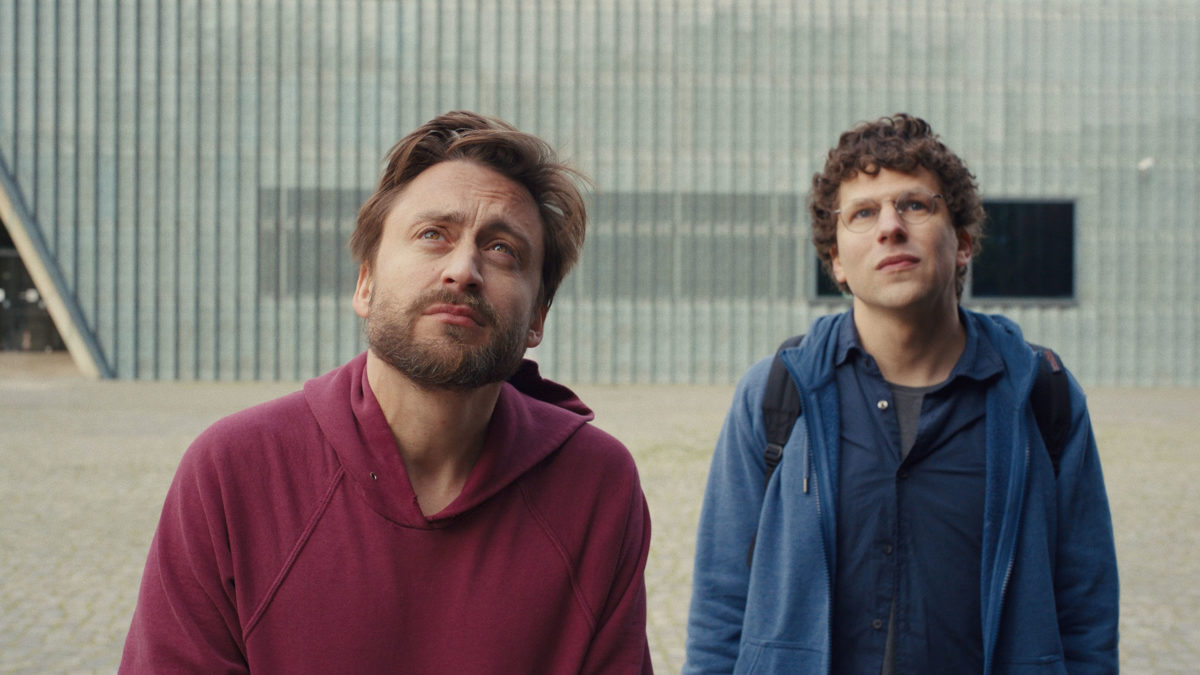
One of the most praised films coming out of the Sundance Film Festival earlier this year was A Real Pain, the second feature directed by Jesse Eisenberg, now set for a prime fall release. Dan Mecca said in his review, “There’s something humble about Jesse Eisenberg writing, directing, and co-starring in a film, only to give its plum role to Kieran Culkin. Eisenberg, still, writes himself arguably the best scene in this picture; maybe the jury’s still out on the humble thing. David (Eisenberg) and Benji (Culkin) meet at the airport ahead of a trip to Poland. Their grandmother has recently passed and set some money aside for the two young men to take a tour of the motherland––captured, courtesy DP Michal Dymek, in visually and emotionally arresting images.”
5 and 6. Youth (Hard Times) and Youth (Homecoming) (Wang Bing; Nov. 1 and Nov. 8)
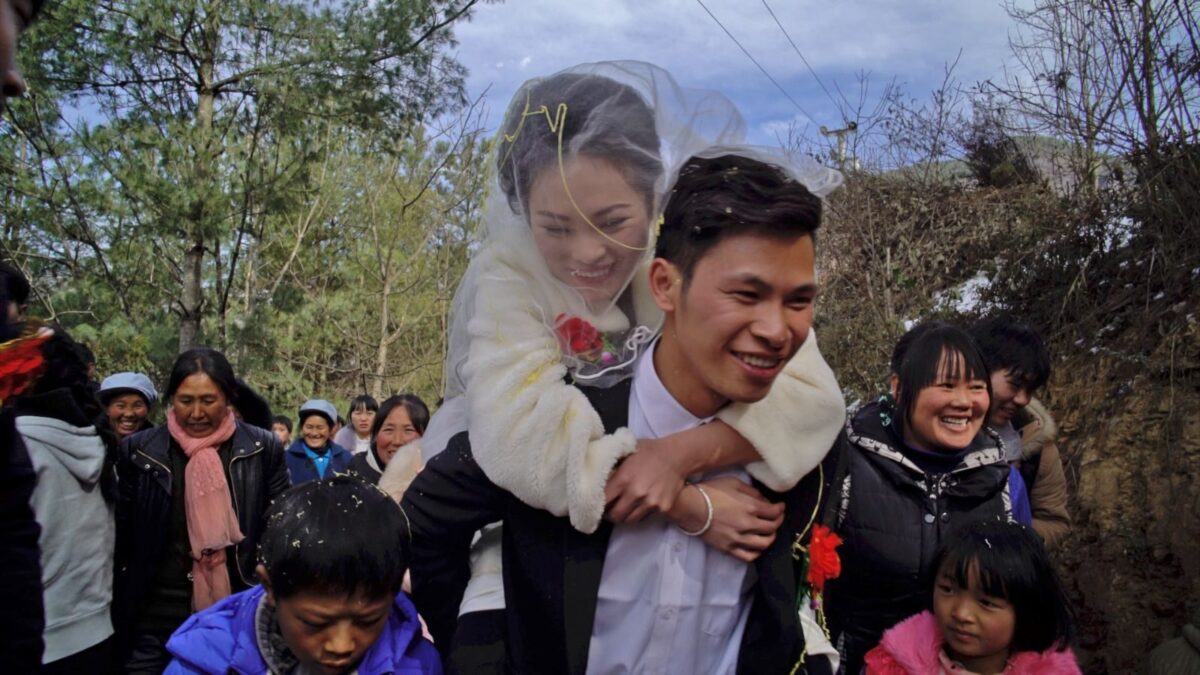
One of the monumental projects of this decade thus far, Wang Bing premiered his final two installments of his 10-hour Youth on the festival circuit and now they are arriving sooner than expected in theaters. Capturing the labor and less-than-ideal living conditions of textile workers in China, Rory O’Connor said of his second entry, “With all that, Youth (Hard Times) leaves you with the feeling of something monumental: a granular view of the frayed hems of late capitalism that still has 152 minutes to go and, if reports are to be believed, a couple of weddings to get through.”
4. Juror #2 (Clint Eastwood; Nov. 1)
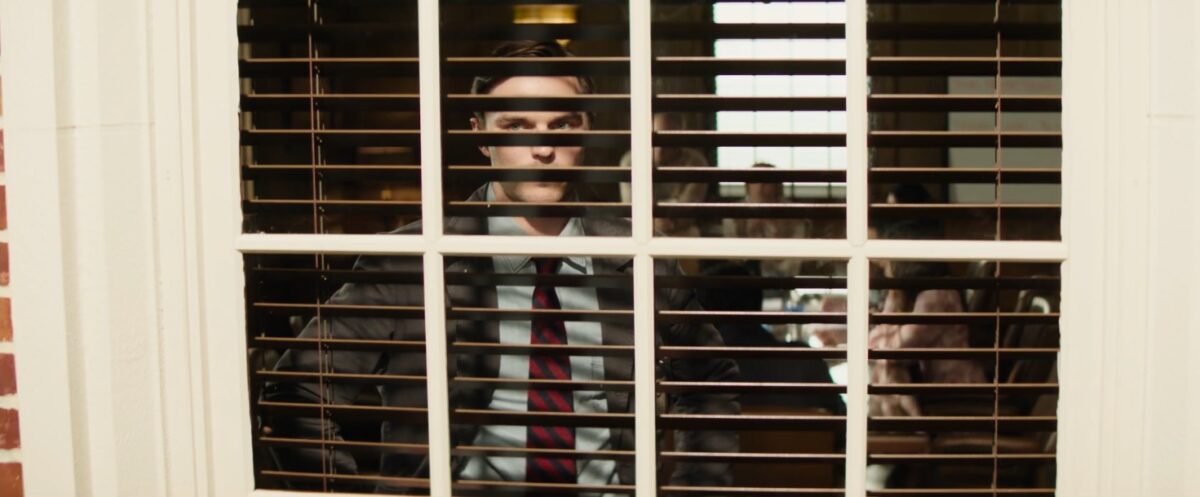
Despite WB’s best efforts to try and have you not see Clint Eastwood’s potentially final film, being dropped in only a few dozen theaters across the theaters with even limited showtimes in those theaters, and currently no plans for expansion, here’s hoping audiences turn out for it and convince the Zaslav empire to rethink their foolish decision. Heralding the courtroom thriller as one of the finest films of the year, Caleb Hammond said in his review that it “stands out as the best late-career Eastwood film, from an era with its fair share of gems.”
3. The Seed of the Sacred Fig (Mohammad Rasoulof; Nov. 27)
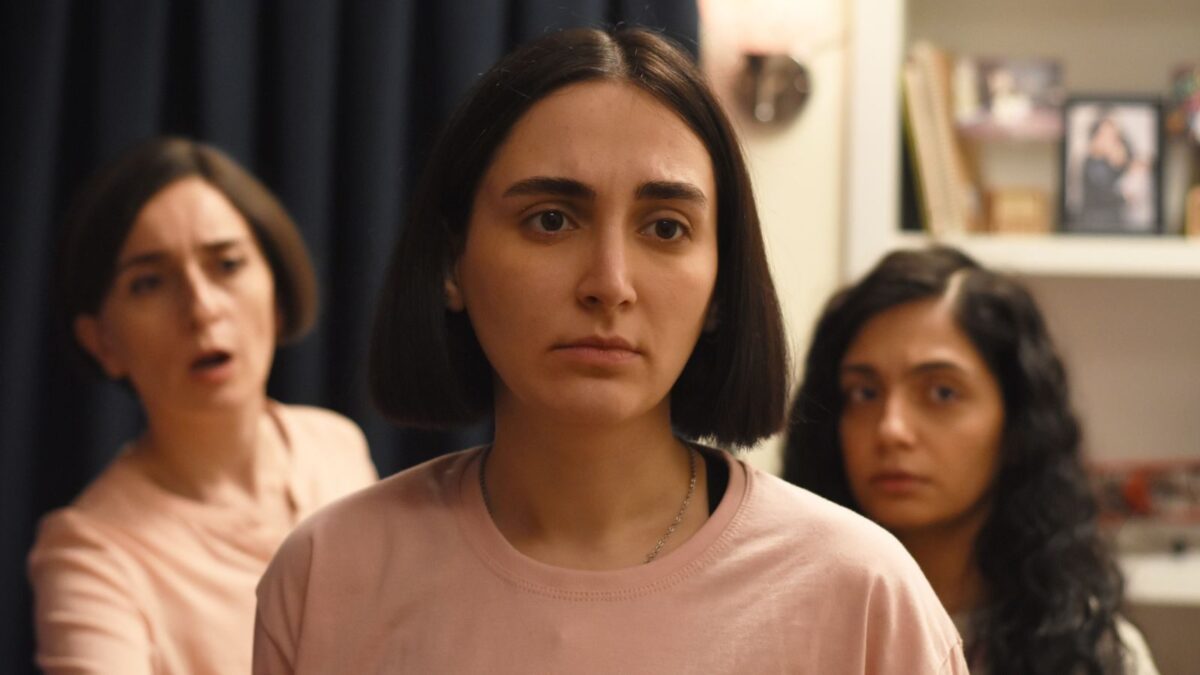
Winner of the Special Jury Prize and FIPRESCI Prize upon its debut at Cannes Film Festival earlier this year, Mohammad Rasoulof’s The Seed of the Sacred Fig went on to become Germany’s Oscar entry and will now arrive in U.S. theaters month. David Katz said in his review, “My absolute trust in this film started to waver roughly around this moment, my impressed nodding crumpling into a ‘Really?’ facial expression. You may’ve accurately heard about car chases, but I should report that my Locarno audience genuinely laughed at the farcical nature of the blocking throughout the final act. But Rasoulof ultimately succeeds because he is at least one step ahead of us. The mere impact is palpable: that his movie stumbles from lucidity into ugly chaos and spontaneous fight-or-flight behaviors is right. A cool, all-seeing distance isn’t appropriate for dramatizing this moment in modern world history; we need to feel our ribs jolt, hopefully beckoning us to safety, before we can even think.”
2. A Traveler’s Needs (Hong Sangsoo; Nov. 22)
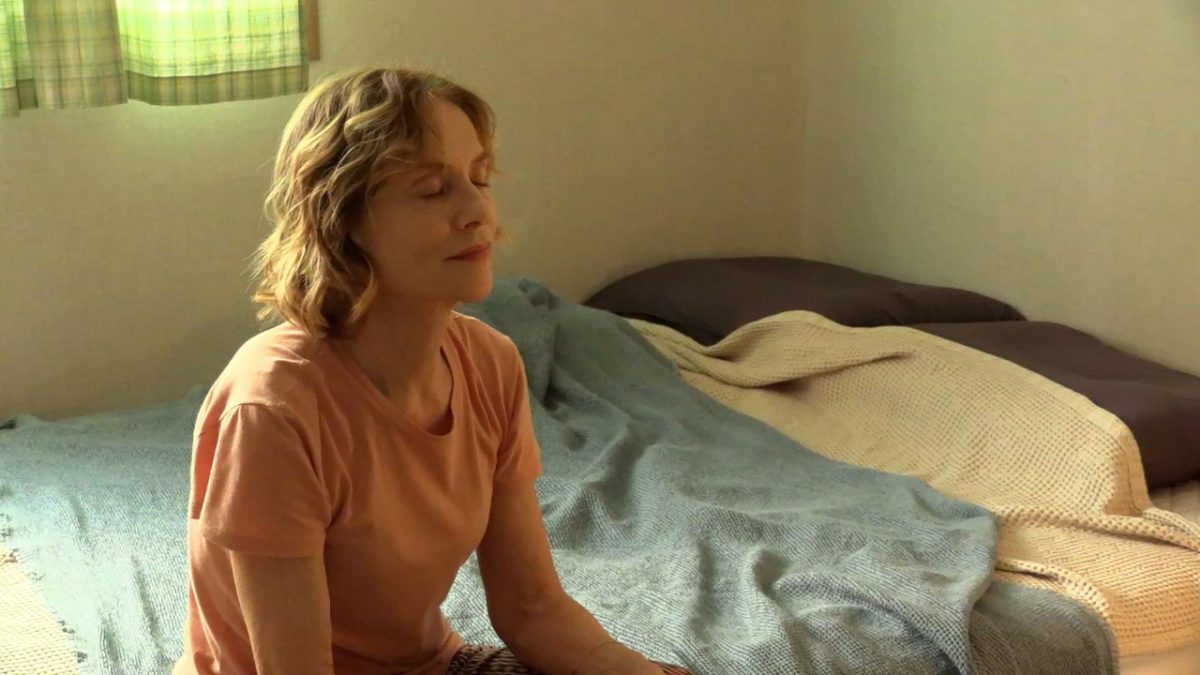
For his first feature of two features this year, Hong Sangsoo made a long-awaited reunion with Isabelle Huppert. Following In Another Country and Claire’s Camera, the duo teamed up again for A Traveler’s Needs, one of the prolific director’s best, and funniest, in years. Rory O’Connor said in his review, “A Traveler’s Needs takes place in Seoul and follows a dilettante claiming to be a French teacher (Huppert) who has apparently drummed up a new way to teach the language. Her method involves carrying a small stack of notes, tied up in a rubber band, and waiting for a moment when her client is fully present (either emotionally heightened, for whatever reason, or fresh from playing a musical instrument). She then takes a note from the stack and translates their description of the experience from English to French, all in the hope that they might absorb the language through some kind of hokey, emotional osmosis. She also has a fondness for makgeolli (which seems to have replaced soju as Hong’s spirit of choice), claiming to drink three bottles of the milky rice wine a day. When she shows her earnings to her boyfriend, he can’t believe it. Is she the real deal or a boozy con artist? Who’s to know.”
1. All We Imagine as Light (Payal Kapadia; Nov. 15)

Following up her enigmatic, beautiful debut A Night of Knowing Nothing, Payal Kapadia shows an entirely different register with her dazzling Cannes Film Festival Grand Prize winner All We Imagine as Light. While India foolishly didn’t select it to compete in the international feature category at this year’s Academy Awards, hopefully it’ll take an Anatomy of a Fall-esque path this season. Luke Hicks said in his review, “Writer-director Payal Kapadia isn’t interested in the flashy world of Mumbai that gets so much global attention. Per its opening soundscape, All We Imagine as Light means to bask in the luminescence of life found among India’s lower classes, which means acknowledging the inequality and socio-economic injustice that defines their everyday as much as it means showcasing their intrinsic glow and dogged refusal to let the inalienable love, beauty, and camaraderie of existence be taken from them.”
More Films to See
- Chasing Chasing Amy (Nov. 1)
- Heretic (Nov. 8)
- Bogart: Life Comes in Flashes (Nov. 15)
- Rita (Nov. 22)
- Ernest Cole: Lost and Found (Nov. 22)
- The Black Sea (Nov. 22)
- Maria (Nov. 27)
- September 5 (Nov. 27)
- Reinas (Nov. 29)
- Sujo (Nov. 29)
We should also note the year’s most essential documentary, Basel Adra, Hamdan Ballal, Yuval Abraham, and Rachel Szor’s No Other Land still doesn’t have distribution, but it will get a one-week qualifying run beginning Nov. 1 at Film at Lincoln Center.
